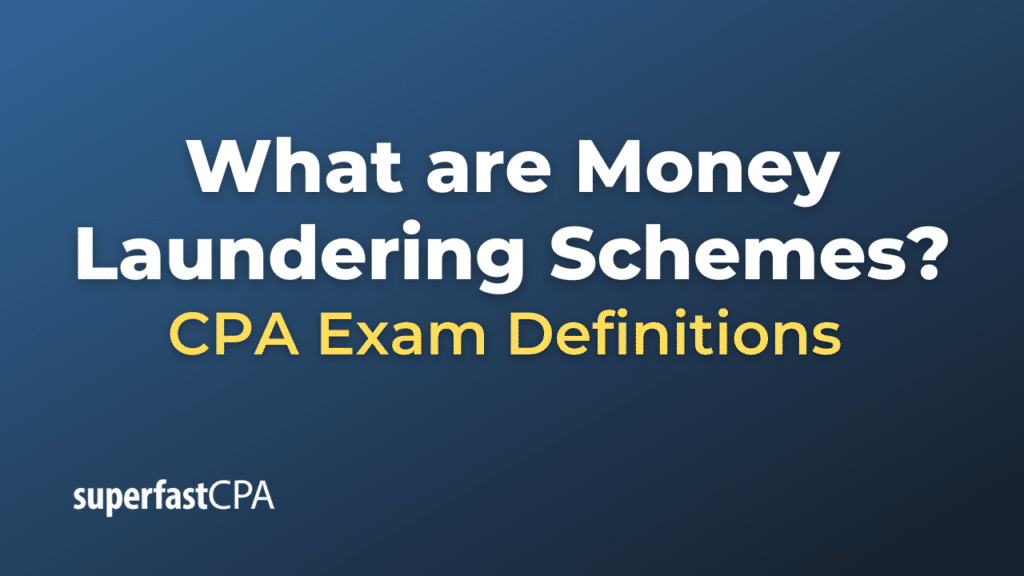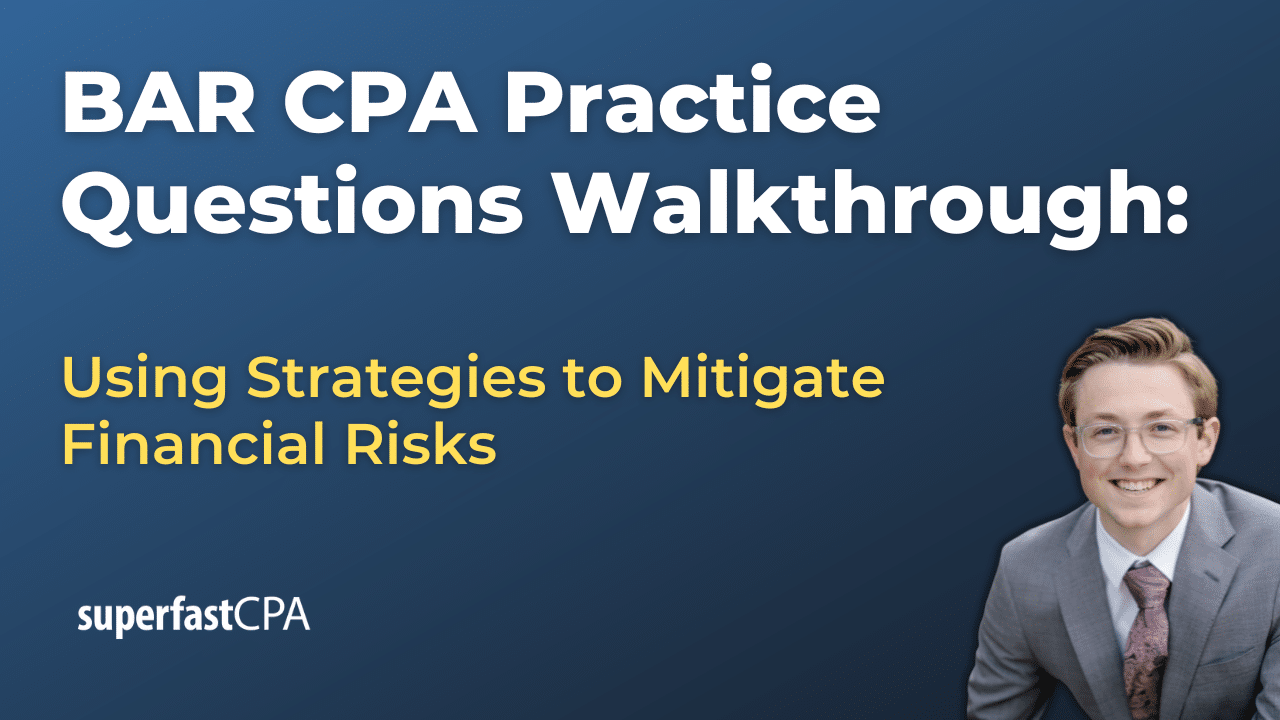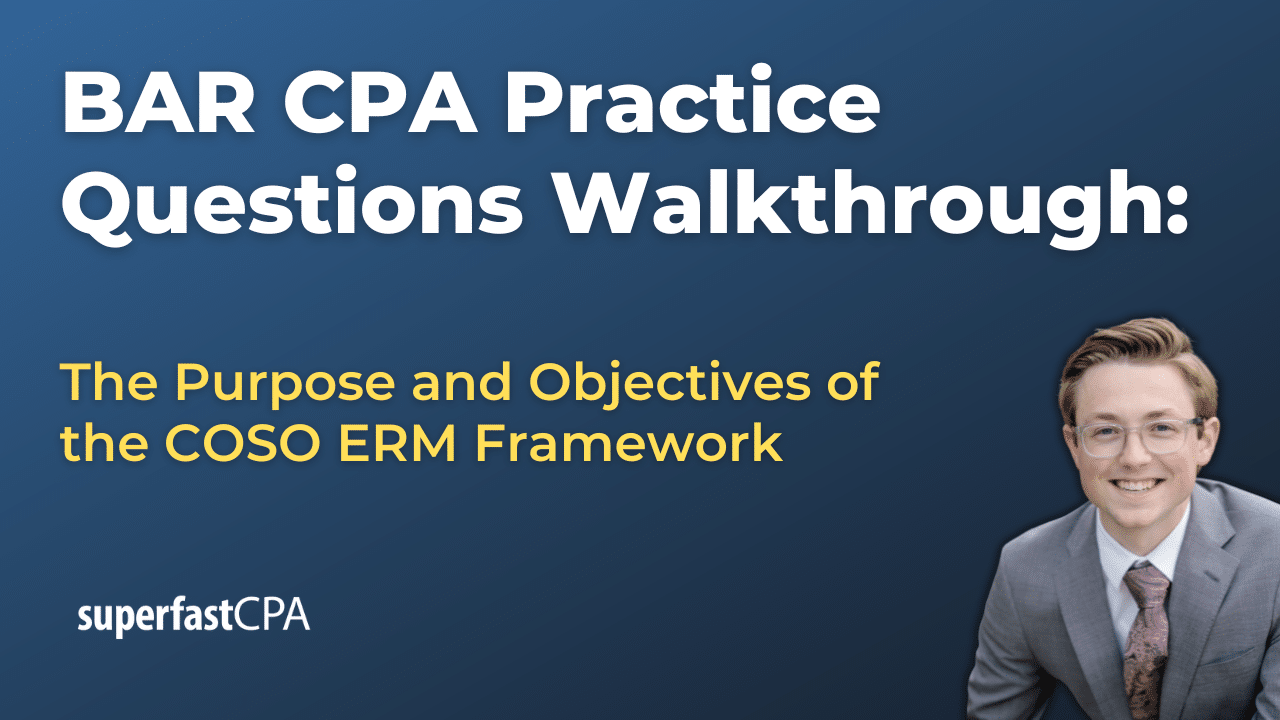Money Laundering Schemes
Money laundering schemes are methods used by criminals to disguise the illegal origins of their proceeds so they appear legitimate. These schemes typically involve three stages: placement, layering, and integration, as previously mentioned.
Here are a few examples of common money laundering schemes:
- Trade-Based Laundering: This involves the use of trade to move money and obscure its origins. For instance, a criminal might set up a company that purportedly exports goods to another country. The company overstates the value of the goods on its invoice, and a colluding foreign company pays the inflated prices. The extra money is thus “laundered” and appears as legitimate earnings from trade.
- Shell Companies and Trusts: Shell companies (companies that exist only on paper, with no real employees or offices) and trusts in offshore tax havens can be used to hide the true ownership and control of illegal funds. The money is moved into these entities and moved around to obscure its origins before being brought back into the legitimate economy.
- Smurfing: Also known as structuring, this scheme involves splitting up large amounts of cash into small deposits that are less likely to attract attention from authorities. The deposits are often made into multiple accounts or by several different people (smurfs) to further reduce suspicion.
- Digital Currency: Cryptocurrencies like Bitcoin can be used to launder money. Transactions can be hard to trace, making it easier to obscure the origins of the funds. Once the money has been moved through the cryptocurrency system, it can be converted back into real currency.
- Gambling: A person might buy chips with illicit money, gamble only a small amount, and then cash the rest out as winnings, making the money appear to come from legitimate gambling profits.
- Overseas Accounts: Money is deposited in a foreign bank (often a tax haven) and then distributed in a way that makes it hard to trace back to the original illicit source.
Please note that all these actions are illegal and subject to severe penalties. Governments and international organizations are increasingly cracking down on money laundering, with strict regulations and sophisticated techniques for detecting such activities.
Example of Money Laundering Schemes
Let’s discuss an example of a money laundering scheme using trade-based laundering:
Assume there’s a criminal organization involved in illegal drug trafficking. They make huge amounts of cash from this operation, but they can’t use this cash directly as its large and sudden deposits would raise suspicions, potentially alerting law enforcement agencies.
To make this dirty money appear clean, they set up a fake import/export business. This fake business supposedly deals in high-value items like artworks or precious gems. They then use their illicit money to ‘buy’ these goods from an overseas company (which is also owned by them or their accomplices).
So, let’s say they ‘purchase’ $1 million worth of artwork from the overseas company. They inflate the invoices to show that they bought artwork worth $5 million instead of the actual $1 million. This inflates their expenditure, and the additional $4 million that’s sent overseas to pay for this invoice is now ‘clean’ as it appears to be a legitimate business expense.
Meanwhile, the overseas company now has $5 million which appears to have come from legitimate sales. This money can then be sent back to the home country through various means, like loans, investments, or dividends, thereby completing the integration phase.
This money, now distanced from its illicit origins and seemingly part of legitimate business transactions, can be used without raising suspicion. The original drug trafficking operation continues, with the revenue it generates being funneled through the same or similar laundering schemes.
Please note that this is an oversimplified example. Real-world money laundering operations often involve multiple layers of obfuscation and are conducted across many jurisdictions to make detection and prosecution more difficult. Also, these actions are illegal and can lead to significant penalties, including imprisonment.













